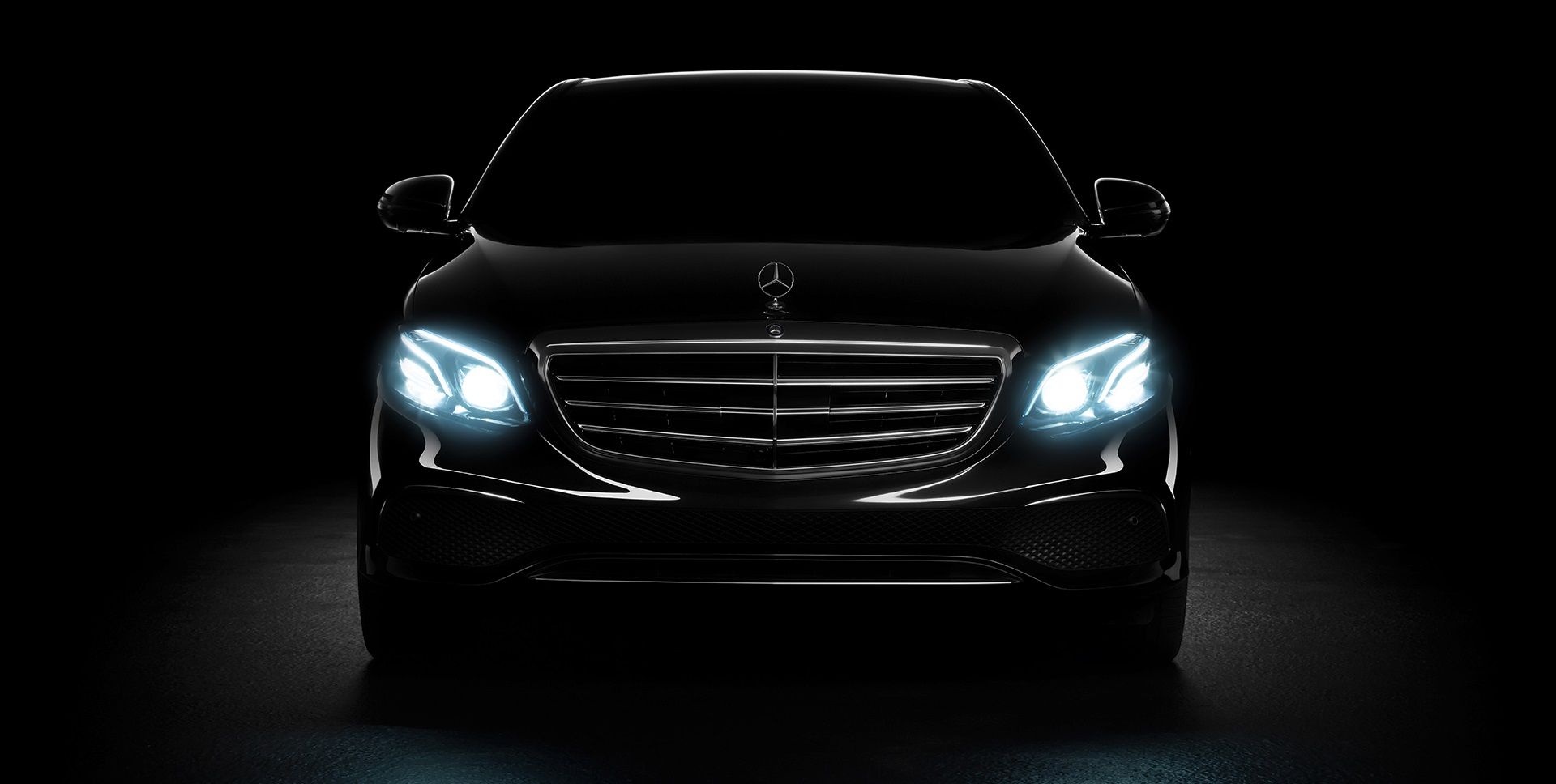Car Headlights – When to use and when not to use

Maybe it seems like a no-brainer – more light is always a good thing when driving, right? While the standard is more light enhances visibility of your car for other motorists and non-drivers on the road, there are certain conditions in which the use of your headlamps may not be so helpful.
Improve the functionality of your headlights
First thing is first – when considering your headlights as a safety feature, upkeep is essential to functionality. Headlights need to be checked and cleaned regularly; otherwise, they are not working at the optimum level to help you or others on the road remain safe.
When should you definitely use your headlights?
Always use your headlights at night. Considering using the main high beams on unlit roads so you can see what is in front of you and in order for people and animals on the road to see you coming and have time to move out of the way. Always use low beams when oncoming traffic nears your vehicle so as not to obscure the ability of other drivers to see the road.
How should I use my headlights in inclement weather?
Whenever it rains or snows heavily, the visibility of your car and objects on the road decreases in inclement weather conditions. Light penetrates the rain and snow to alert others on the road to your presence. Here are some tips for driving in bad weather:
- Avoid looking directly at oncoming headlights - this can distort your vision long enough to distract your course on the road while driving.
- Don’t flash your high beams at an oncoming car with high beams illuminated - this will impair both your vision and that of the oncoming driver which can lead to a greater likelihood of collision.
- Bear in mind extra weight at the rear of your vehicle may raise the angle of your headlights (in newer model vehicles, you may have a feature included which allows you to compensate for this scenario).
When should I avoid using my headlights?
In certain conditions, main beams actually make it harder to see what is in front of you or can distract other drivers from seeing the road. Here are a few scenarios in which headlight use should be avoided:
- If you’re parked, turn your headlights off out of consideration for other drivers. Your lights may distort where other drivers are clear or not clear to move forward.
- When it’s foggy, never use your high beams. You can create a wall of light through which it is nearly impossible to see. Instead, use your dipped headlights or fog lights which can be seen from a greater distance in foggy conditions.
- During the day, opt for your LED DRLs (daytime running lights) over headlights to improve your daytime visibility. LED DRLs are specifically designed at an appropriate brightness and placement on your vehicle to make your car visible as opposed to brightly lighting what is in front of you.
Headlights are for dark and stormy conditions
In general, your headlights are best used for evenings and heavy rain or snow. If you’re stationary in a parking space, extinguish your lights for the safety of those driving nearby. Driving in the fog calls for a lower beam light and daytime driving can be made safe with the use of LED DRLs over halogen headlamps.



 Facebook
Facebook
 Twitter
Twitter
 Instagram
Instagram
 Youtube
Youtube





